Accounting Equation
What Is It?
A business’s financial situation will change over time

For example, to start a business, the owner may deposit some of their own capital in the business’s bank account.

In addition to this, the owner may borrow money from a friend or relative.
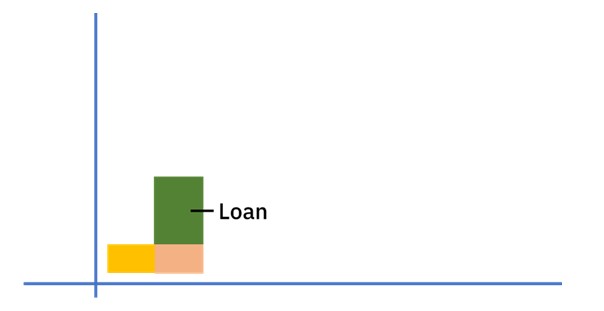
The owner will deposit this money in the bank, as well
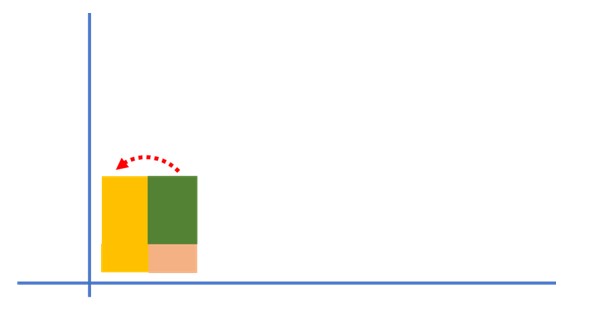
You will notice the system is always in balance.

This is because all money & value came from somewhere, and that money or value is used somewhere – or it went somewhere
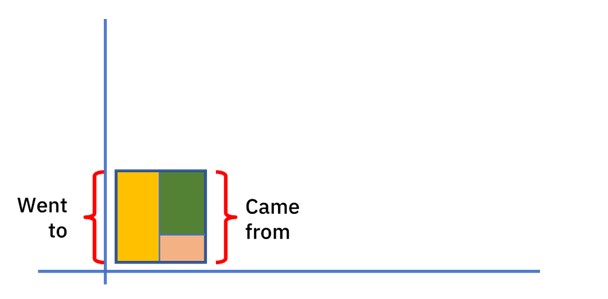
This will be the case no matter what. For example, the owner may use some of the money to buy equipment or to pay for start up expenses.

It continues the same way over time. For example, the business may make sales.

If cash sales, the business will deposit the takings in the bank.

The business will use some of this money to pay for other expenses.

This process continues throughout the accounting period.

Then at period-end, you prepare period-end reports.

The income statement shows how the business performed during the period .

It shows income, expenses, and profit for the period.

Once prepared, you transfer profit to retained earnings.

After this, you prepare a balance sheet.

If the balance sheet balances when it contains net profit, it shows the profit shown on the income statement is correct.

With computerized accounting, this will always be the case

The computer will ensure your system is in balance at all times

However, in the days of manual accounting systems it was easy to make mistakes along the way.

To check for errors, after transferring net profit to retained earnings… you prepared a balance sheet.
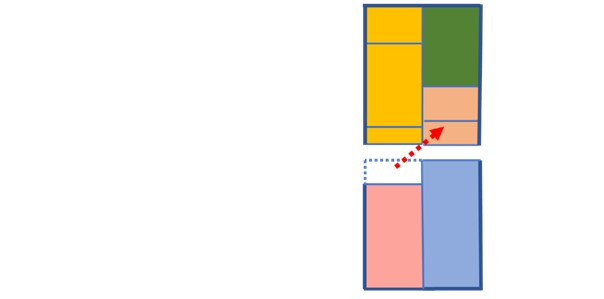
you prepared a balance sheet.

To find out whether the balance sheet balanced or not, you applied the formula: Assets = Liabilities + Equity.

If the equation proved correct, then it showed the net profit calculation was correct.

However, if the equation didn’t balance it showed the calculated profit was incorrect

How It Worked In Practice
To prepare a balance sheet, you begin by recording assets,
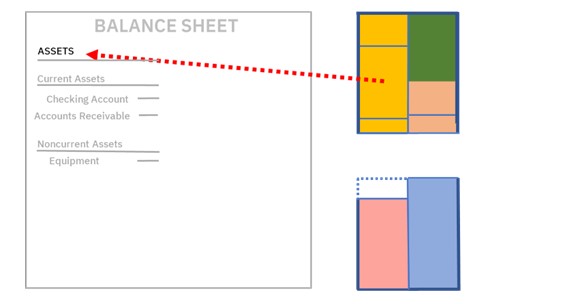
then you record liabilities & equity

Next, you find total assets, and total liabilities & equity

If both totals are the same, it shows the balance sheet balanced

© R.J. Hickman 2020
